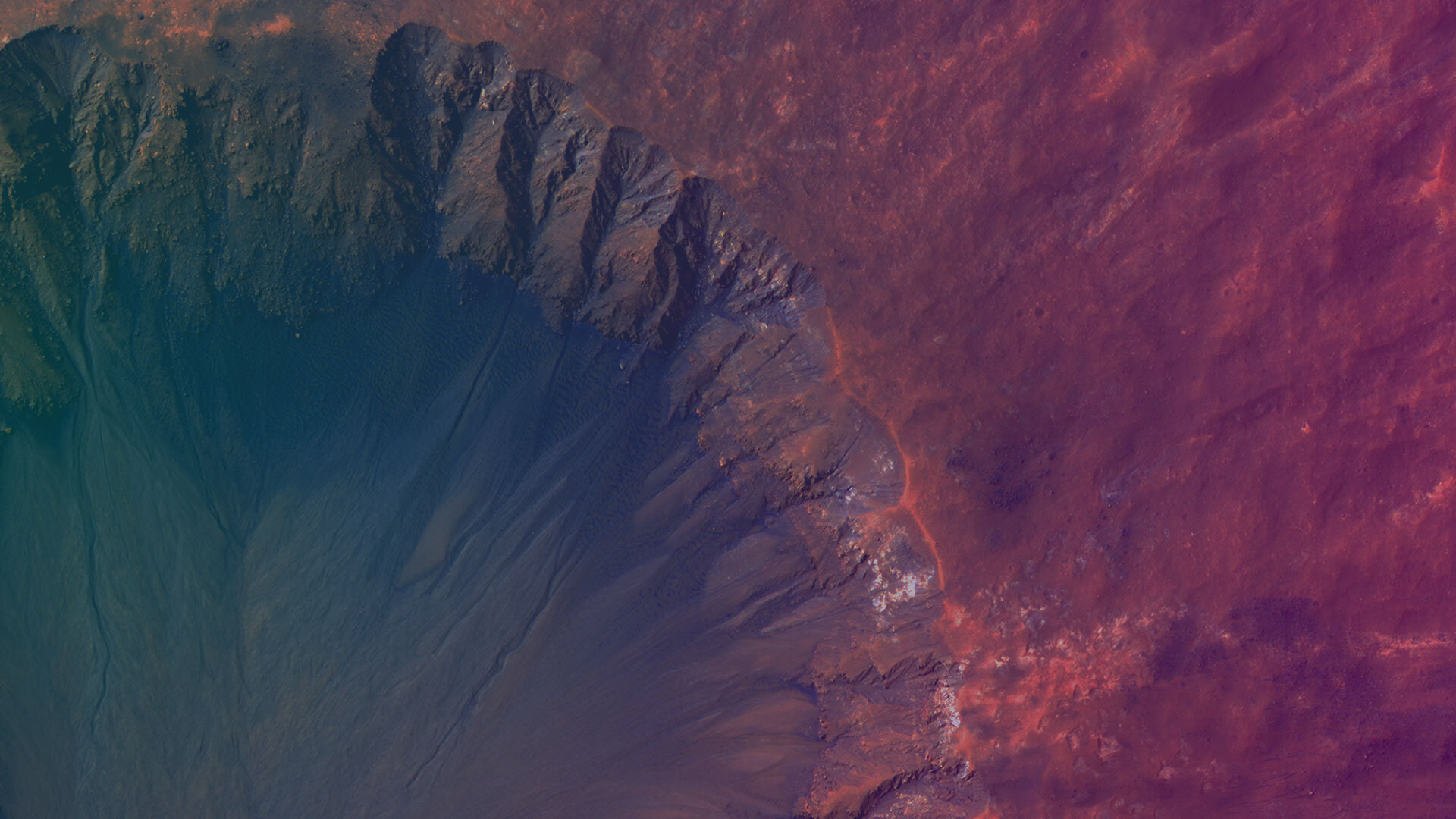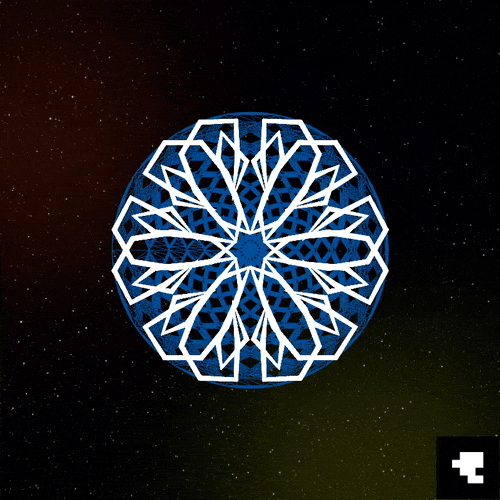
19.Studio’s first NFT series, exploiting the blockchain through different innovative technologies.
A multi-layered Non-Fungible Token, a digital artwork, a physical silver collectible, an augmented reality experience.
Collection.
Taking NFTs into the Real World.
With a Blockchain we can capture the scarcity of an asset in digital form. It all started with Cryptocurrencies, where only a limited number of coins can be issued and distributed before the system runs out, lately we’ve witnessed the rise of a different breed of exchangeable asset: Non-Fungible Tokens (NFTs).
Typically, cryptocurrencies such as bitcoin are fungible assets, meaning they can be readily interchanged for something else – for example, one bitcoin can be exchanged for another as they store the same value. This is true for digital assets as well as traditional fiat currencies: bank notes are also a fungible asset, as a $100 note can be exchanged for two $50 notes or five $20 notes. NFTs however are unique and cannot be exchanged, much like a one-of-a-kind painting. Leonardo Da Vinci’s “Mona Lisa” is non fungible since it’s one of a kind. The painting can be copied and photographed but there will only ever be one original “Mona Lisa”.
NFTs show the uniqueness, originality, and scarcity of digital assets, making them collectibles.
Here at 19.studio we proud ourselves on working at the intersection between information and materials, and we’ve been pondering whether NFTs’ built-in digital uniqueness could be somehow intrinsically linked to a physical one. In principle, physical uniqueness is easier to come by: think about trading cards, rare items, or artistic paintings.
But linking such physical assets with a digital counterpart aptly capturing its uniqueness is tricky: traditionally this has been done by artificially labelling a physical asset with a marker identifying it on a Blockchain. This is indeed quite an easy and inexpensive way of combining the two, but has a number of missed opportunities and problems stemming from this a-posteriori fashion in which the link is formed. We’ve been wondering whether there could be a more intrinsic way of having a unique physical object and its digital representation be tightly coupled since their very creation. Thus, we turned to what we know best: Generative Design and 3D printing.
By embedding the unique characteristics of an object whose model was generated algorithmically – and later 3D printed – into an NFT, we can inherently couple the geometric features of its physical form with its digital representation.
This is a profound shift of thinking about what an object is and how it can be represented both in the digital and physical world. It has the potential to foster a new range of discussions and interesting use cases for this stack of technologies.
And what better way to showcase this strong link between these two worlds than through the lens of Augmented Reality?
A new experimental NFT & AR Wearable by 19.studio
19.studio set to release PLAYER, a new collection of experimental Non-Fungible Tokens (NFTs) linking digital and physical with the aim of inspiring a conversation around this complex relationship.
Thanks to Non-Fungible Tokens, we have witnessed a growing interest around art and digital artworks. Yet, these virtual assets don’t yet unlock their full potential in fields where uniqueness, traceability, and a distributed approach are fundamental.
19.studio lays at the intersection between information and materials, thus linking all the different facets of this project came together quite naturally. This is somewhat a conceptual exercise, a thought experiment with interesting results that might have collective value related to its inherent uniqueness.
This project started from the idea of connecting NFTs with physical objects with a strong innate link. We had an internal debate about the difficulty in proving an object ownership over the blockchain, together with the issue of stating its uniqueness.
We started toying with the idea of having a private key on the physical object, in the form of a QR code. To prove ownership, you would need both the public key, which is the digital address publicly available on the global ledger, and a physical private key of the object itself: by pointing a camera to the QR code you could then unlock its content.
From digital to physical, we set out to validate this connection by going back to the digital. Augmented Reality looked like the right technology to show for it, as we were already using a screen, a camera and a QR code.
To embrace their uniqueness, we turned to generative art and connected tokens with the design of artworks. Hence, each physical and digital object design is unique.
PLAYER.
PLAYER has 4 elements to it: a smart token, a connected physical artwork, its digital counterpart, and an unlockable augmented reality artwork, which links them together.
The digital AR content is accessible only to the physical artwork holders. The physical artwork is redeemable with the digital artwork, by demonstrating ownership of the Non-Fungible Token.
We developed an NFT with a limited number of redeemable items, which permanently stores on the blockchain the digital and physical artworks. We started the project experimenting with ERC-721 tokens on the Ethereum chain, but then we gravitated towards the newly launched NFT marketplace on the Binance Smart Chain.
A seed input has been defined for every iteration of the collection, representing the available tokens; the seed will influence all the differentiation characteristics of the assets, and they have been limited to 64 possible iterations for this edition, honouring the binary nature of the digital asset.
Then there’s the physical object. 19.studio’s sister brand “Officine 19” specialised in computer generated jewellery, connecting Generative Design and 3D printing. The latter is a relatively new manufacturing process that allows to produce unique objects on a small scale, with a distributed approach.
The design of the physical artwork has been inspired by sacred geometry, and has the shape of a medal or a coin, whose collectible value made semiotic sense. To highlight uniqueness, an algorithm draws a different pattern for each object based on the seed. The pattern repeats across the medal forming a futuristic mandala, generating different forms at every iteration. At the centre of the coin there is a symbol representing its seed.
The medal is manufactured in silver, paying homage to the Ethereum network (nicknamed “digital silver”). The precious metal has been treated with a controlled oxidation of the surface, which allows to darken the recessed areas, making it possible to design recognisable symbols and markers on the surface. On the back of the medal, there’s a QR code acting both as link and positional marker.
The interactive digital artwork stems from the design of the medal. At the centre of the artwork the same unique pattern is recognisable, while the other elements in the scene represent the location of the smart token in the blockchain.
The scene was developed in Web3D to provide a more interactive experience than a static video. The digital artwork is uploaded onto a decentralised blockchain storage implementing the IPFS protocol to preserve the same immutability of the token itself.
The last part of the project is also the most experimental, reinstating the conceptual link between the digital and physical artwork. We designed an Augmented Reality version of the 3D scene, which is accessible only to the physical token holders.
By pointing a camera towards the positional marker branded on the back of the medal you can unlock its AR content. A digital twin of the medal with its patterns is superimposed over its physical counterpart, unveiling the digital artwork in its final form, whilst showing the position of the corresponding token on the blockchain.

















